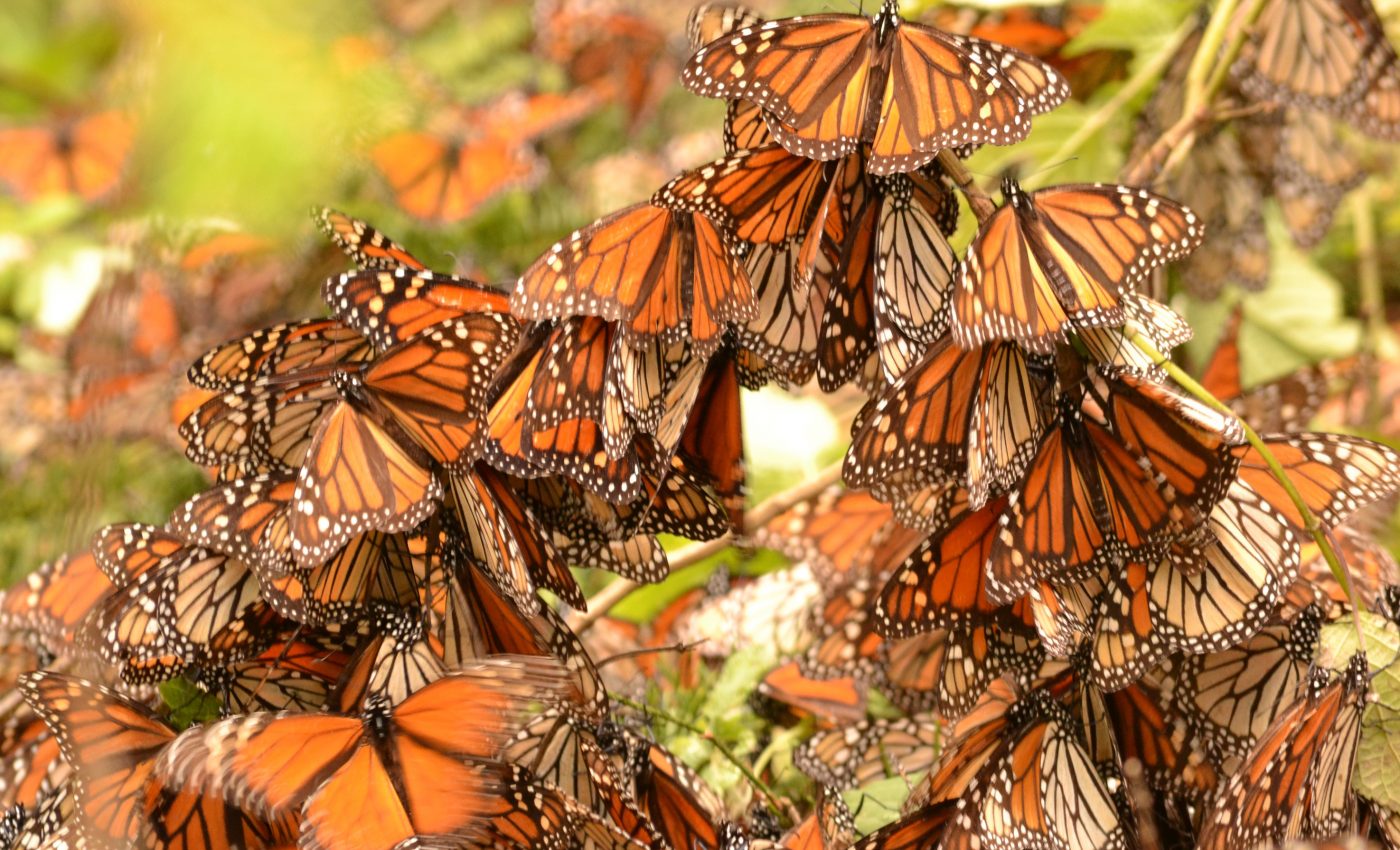
City landscapes can actually be very helpful in recovering monarch numbers
City landscapes can actually be very helpful in recovering monarch numbers. It might seem counterintuitive that cities would be the key to monarch conservation. But two new studies published in the journal Frontiers of Ecology and Evolution have found that urban landscapes, specifically how they are managed, could provide a lifeline for important pollinators.
Monarch populations have declined 80 percent in the US over the last twenty years, with studies showing that habitat loss in overwintering locations and climate change have contributed to those losses.
Milkweed, a robust group of flowering plants native to the US, are not coveted garden flowers, but they are the only plant that Monarchs can lay their eggs on.City landscapes can actually be very helpful in recovering monarch numbers
If milkweed plants continue to decline, it could lead to the extinction of Monarch butterflies all together.
Researchers from the Field Museum collected data from field observations and spatial images to map milkweed plant abundance across large urban areas.
By focusing on cities and milkweed, the researchers were able to identify areas where milkweed could be planted and highlight the critical role of cities in butterfly conservation.
“Metropolitan areas actually matter for wildlife conservation, and that’s especially true for pollinators like the Monarch that can survive with very small patches of habitat,” says Abigail Derby Lewis, lead author of one of the studies. “There’s an assumption that cities are not important places for plants and animals, but that’s because no one had looked at these landscapes in a systematic way, or at the collective impact from many small-scale plantings across large urban geographies.”
The researchers found that residential areas like lawns provide a huge opportunity for space to plant milkweed.
To recover and protect monarch populations, the researchers estimate that it would require planting 1.8 billion milkweed stems, enough to cover an area the size of Washington DC.
“This approach to examining metropolitan landscapes allows us to ‘see’ cities in a way we haven’t been able to before, and this enables us to get a better estimate of how much potential space there is to create habitat,” said Mark Johnston, the lead author of the second paper. “We think that cities could support 15 to 30 percent of the milkweed that’s needed to save Monarchs.”
In order to get city residents on board, it will require a shift in public perceptions of what plants are cosmetically acceptable.
“I would encourage people to question the grassy lawns that dominate our urban landscape–could we plant something else that would provide habitat for Monarchs and other wildlife?” asked Johnston.
—
By Kay Vandette, Earth.com Staff Writer
Main Image Credit: Field Museum














